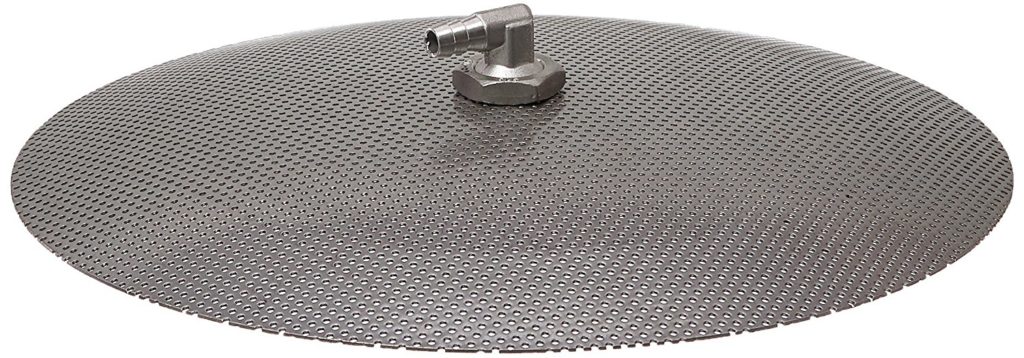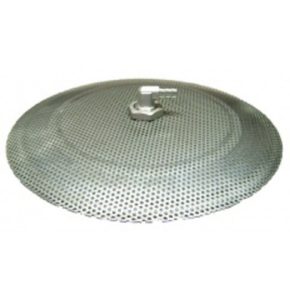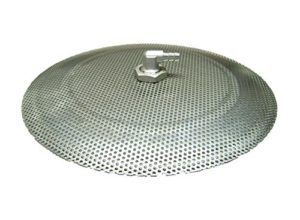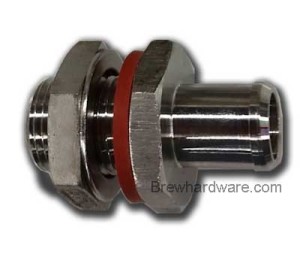
This review is by Homebrew Finds Contributor Brad Probert. Brad is an engineer, expert homebrewer and experienced reviewer. Grab a link to Brad’s website at the end of this review.
Blichmann AutoSparge
The Blichmann AutoSparge is an ingenious device that gives you “digital like” control precision, but uses no electronics to accomplish it. Its function is to automatically maintain a water level in your mash tun during sparging or recirculation of wort. If your brewing process uses sparge water transfer or recirculating wort, the AutoSparge turns this into a hands-free operation where you set it up once and then can go worry about other things (or RDWHAHB).
The AutoSparge uses some cool engineering principles to maintain the liquid level in your mash tun. The main function is a slider piston valve that uses hydraulic pressure to let liquid flow into your kettle. This screws into a 1/2″ NPT port on your kettle. With fluid pushing on the valve (either from a pump or from a gravity feed), it pushes the valve back and lets beer in the kettle. There’s a barbed fitting and a length of hose that comes with it to take circulating wort from the top of your kettle down to the grain level. Attached to the other end of the valve is a long rod and stainless-clad hollow ball. This ball floats on the water level in your kettle. As the fluid level rises, the ball floats up and pushes the slider valve closed, shutting off the flow of wort into your kettle.
The rod and floating ball is adjusted simply by a wing nut you loosen and adjust the float to sit at the level you want, then hand tighten it down. With laws of physics and lever arms, the ball can easily contain the high flow rate of a recirculating pump you may have hooked up. Another nice detail is the hose that delivers the wort down to your grain bed has its own little floating ball. In this way, it will sit on the top of your fluid level, and not be buried down in your grain bed blasting its own trench.
Once you have your float level set, you just let your pump(s) run. As you pull wort out from the bottom of your mash tun, the fluid level goes down in the kettle and the float arm opens up the valve and lets more wort come in. If you’re pulling fluid out slowly, the wort level drops slowly and therefore the valve only opens a little bit to replace that wort slowly. If you’re pulling out wort quickly, the level drops more quickly and the valve opens up more.
Compare Models, Prices and Availability, Review Continues Below:
Continue reading →

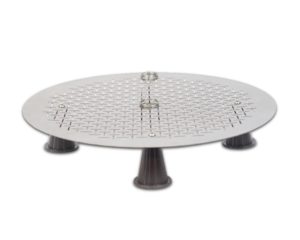

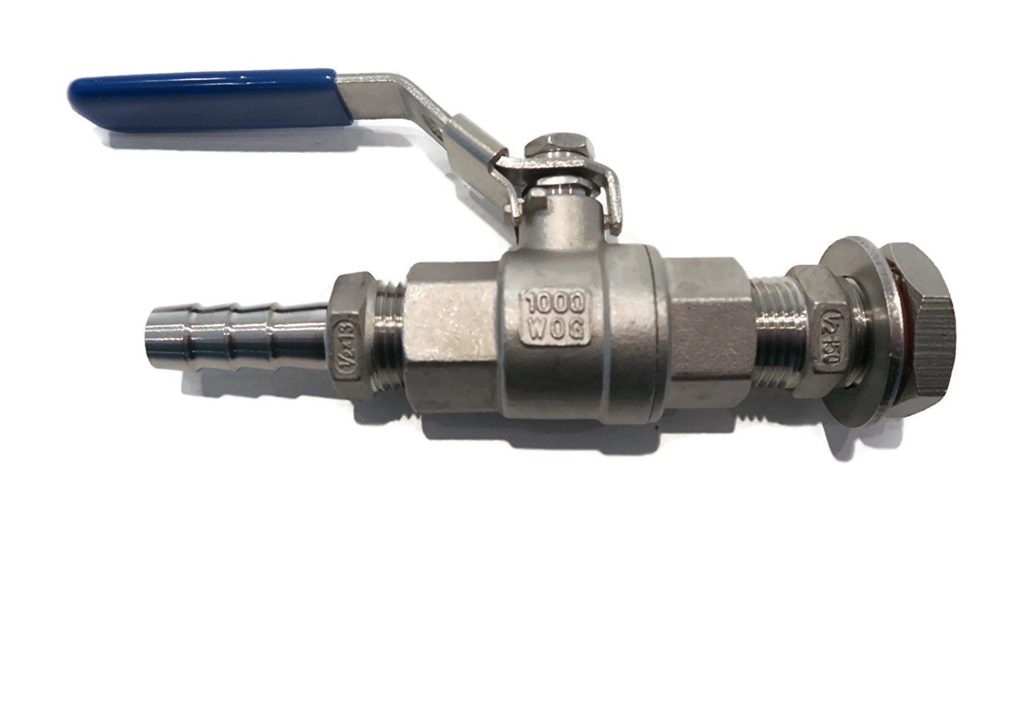
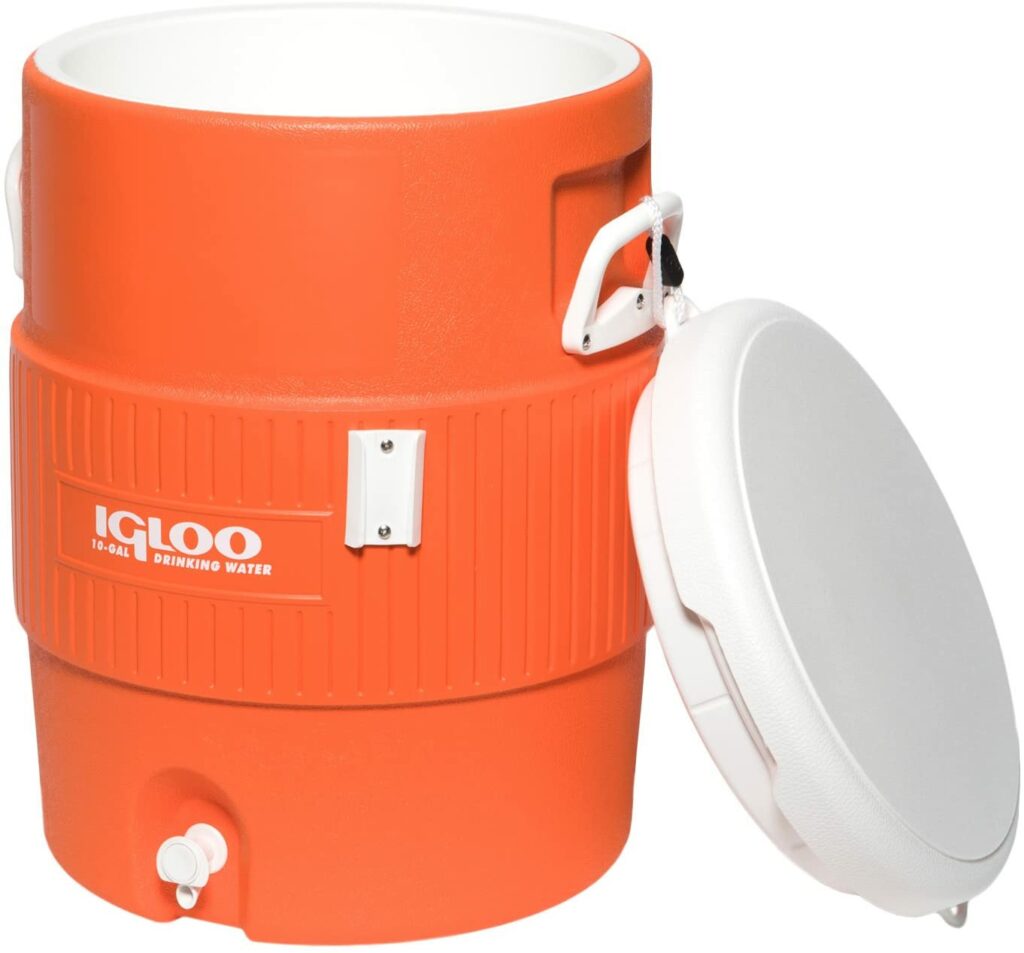
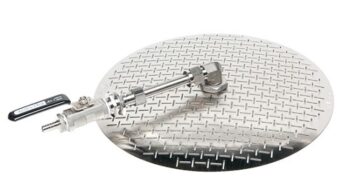
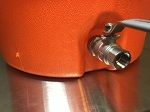 It holds temperature very well and it has held up like a champ. It would also make a good HLT. This has a lid that’s pressure fit (not threaded). Since the lid isn’t threaded, you can fit a temperature probe underneath – See:
It holds temperature very well and it has held up like a champ. It would also make a good HLT. This has a lid that’s pressure fit (not threaded). Since the lid isn’t threaded, you can fit a temperature probe underneath – See: 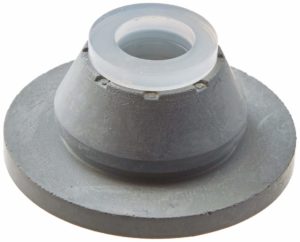







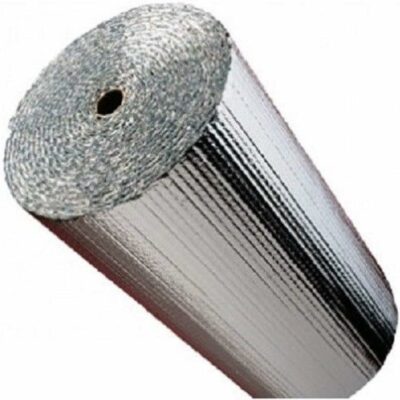





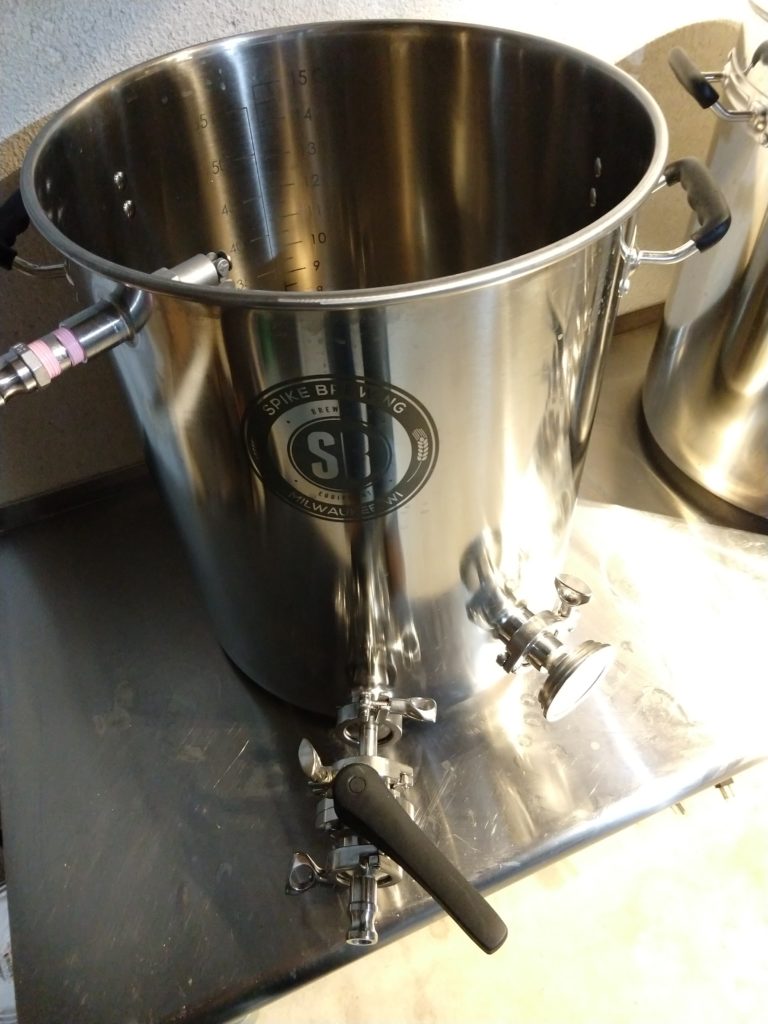 This review is by Homebrew Finds Contributor Brad Probert. Brad is an engineer, expert homebrewer and experienced reviewer. Grab a link to Brad’s website at the end of this review.
This review is by Homebrew Finds Contributor Brad Probert. Brad is an engineer, expert homebrewer and experienced reviewer. Grab a link to Brad’s website at the end of this review.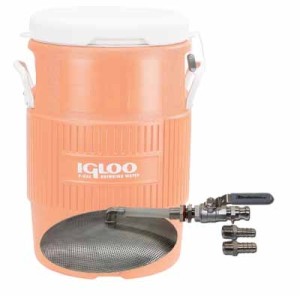


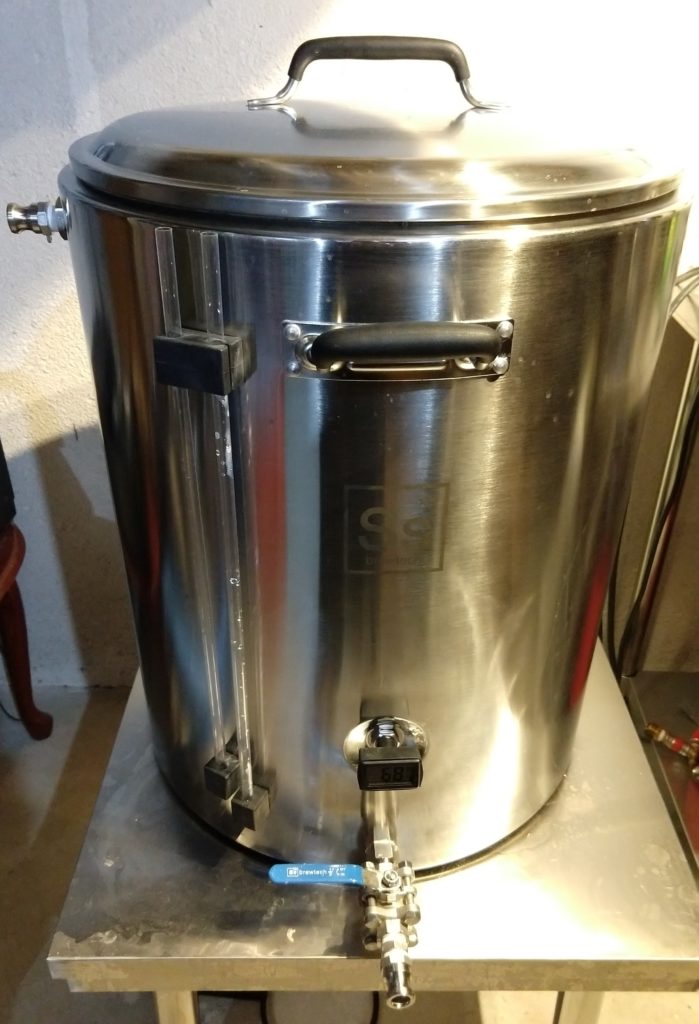 This review is by Homebrew Finds Contributor Brad Probert. Brad is an engineer, expert homebrewer and experienced reviewer. Grab a link to Brad’s website at the end of this review.
This review is by Homebrew Finds Contributor Brad Probert. Brad is an engineer, expert homebrewer and experienced reviewer. Grab a link to Brad’s website at the end of this review.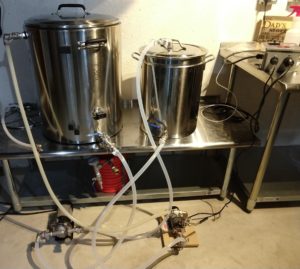 Two Vessel Setup
Two Vessel Setup